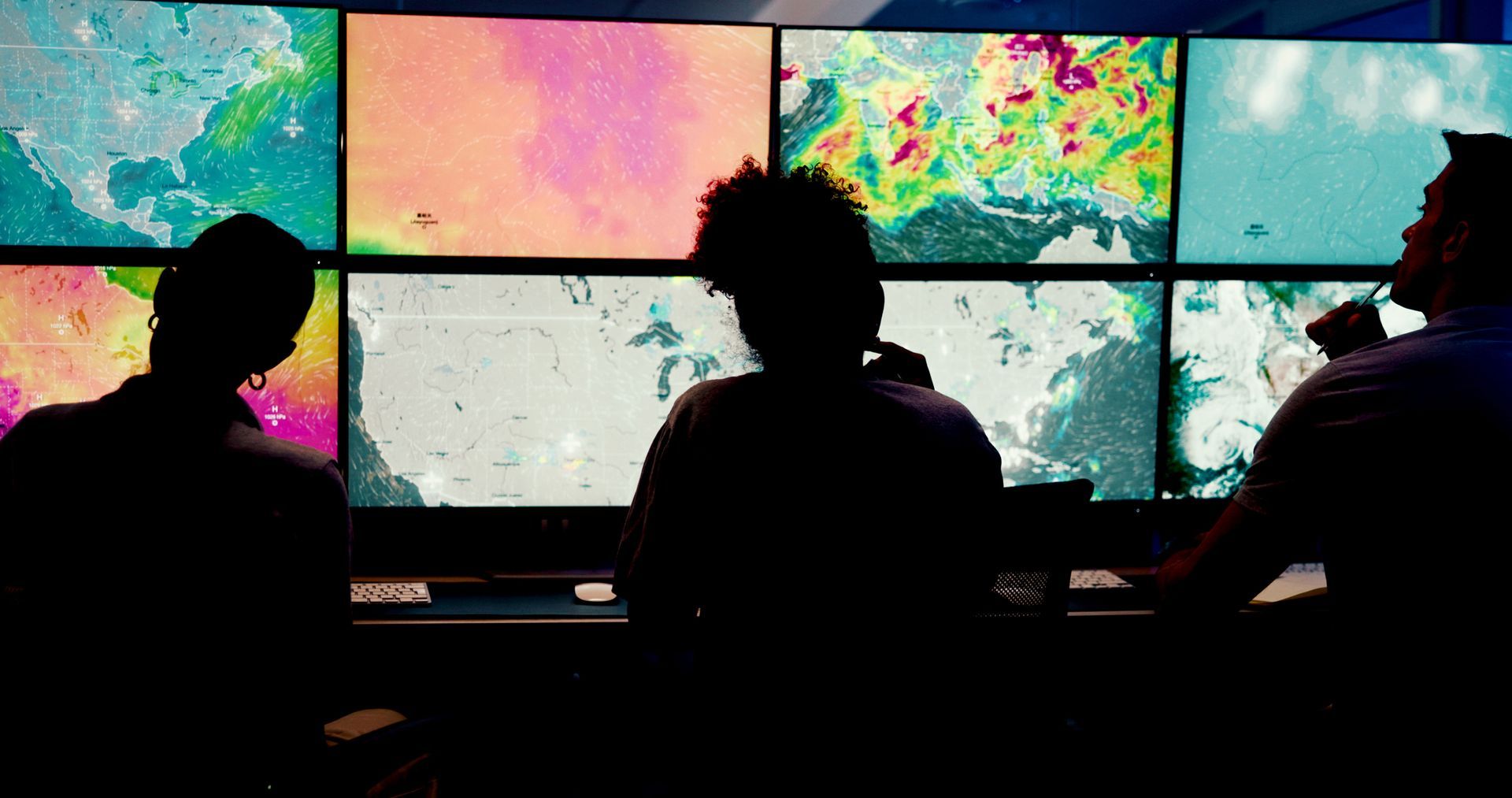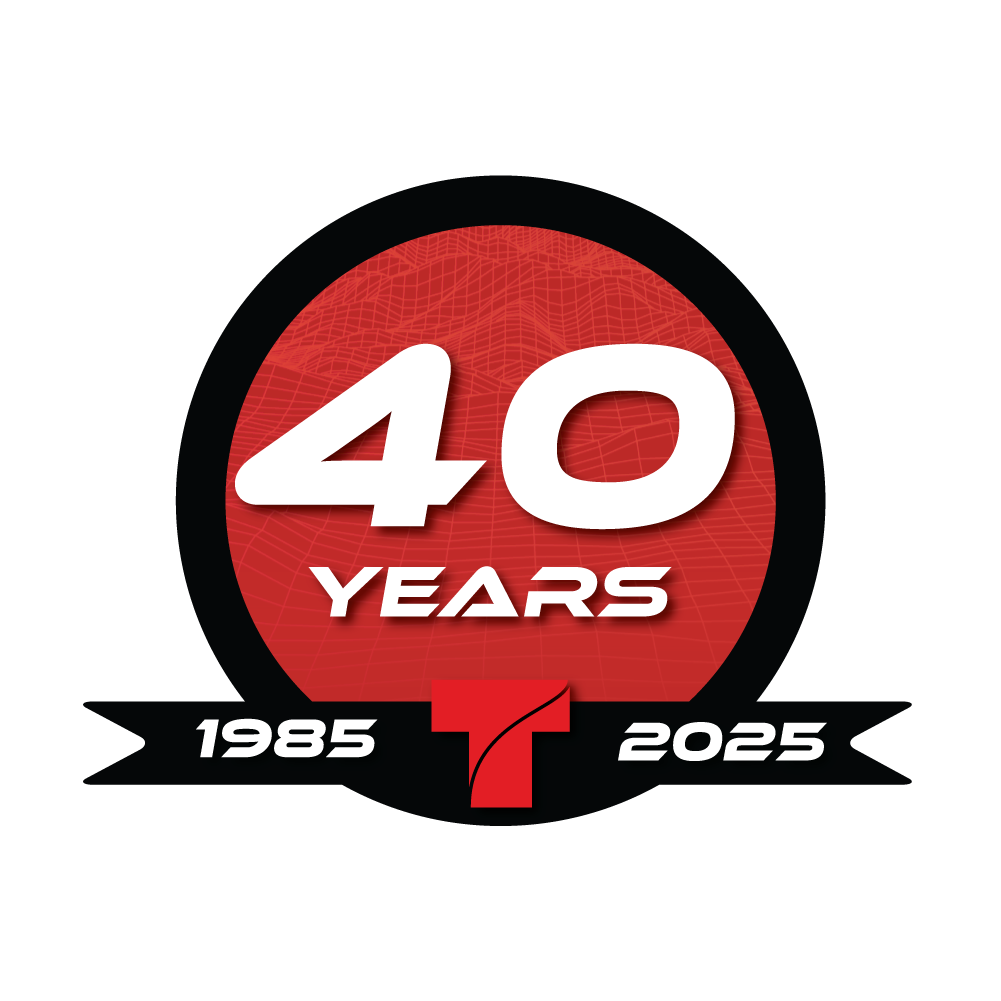Geospatial Use in Different Industries
Organizations across all industries are collecting more data than ever, and much of this data is based on customer location. Applying this data to decisions that help businesses grow and thrive needs to be done easily and quickly, which is why decision-makers often turn to geospatial intelligence and information.
If you’re considering a career in geospatial intelligence, you have plenty of options to choose from. Don’t hesitate to reach out to our team to talk about mapping your career and the options you have. Below, we share just a handful of industries that are being transformed by GIS.
Transportation
From municipal projects like infrastructure planning to logistics optimization, helping people and products move around quickly and efficiently is no small feat. Manufacturers, emergency response teams, manufacturers, public transportation — the list is endless when it comes to how GIS can help. Getting real-time data locating these people and things is key to making educated, well-researched business decisions.

Retail
Beacons, smartphones, and wearables are all becoming ubiquitous in retail marketing strategies, and can all be leveraged as geospatial tech that helps round out the customer experience. Retailers can get a comprehensive look at how shoppers move, how much time they spend in stores, which store locations they choose most, and other behavior that helps brands shape product development and brand expansion.
Agriculture
Farmers have decisions to make and questions to answer each growing season: What crops do I grow? When do I plant them? Where should I plant my crops? Any questions left unanswered could impact their revenue that particular season. Many of those questions would traditionally be answered anecdotally or historically, but the agricultural industry now has access to sophisticated data tools that offer location-based information to make sure those questions get answers. From weather, to machinery maintenance, and even soil conditions, geospatial tech can offer that information and answer those questions.
Energy
The energy industry is geospatial-centric. Think about the satellites, surface mapping, and underground data that goes into building energy infrastructure, and geospatial tech can play a large part in streamlining these processes. Sensors are everywhere, sending data to utility companies to provide necessary insight that’s needed to keep everyone safe and ensure local and federal guideline compliance.
Insurance
Location is directly tied to risk in the insurance industry, plain and simple. Hurricanes, earthquakes, floods, and other natural disasters often define risk in geographical areas, and crime rates can also be higher in some areas more than others. GIS technology can offer a simple way to predict and map these risks for insurance companies and shape the policies and coverage they offer. This combined with historical location-based data about demographics in higher risk zones means that both providers and customers get what they need.

Forest Management
Forestry is all about location, location, location. Not managing the land correctly can destroy precious ecosystems for generations. GIS tech helps forest and timber managers best decide which areas of land to focus on based on factors like rainfall rates, temperature, species diversity, and previous forestry projects. Patterns can emerge from this info that will alert managers about detrimental practices that could impact a company’s reputation or even its profit.
Banking and Finance
Banks and financial institutions depend heavily on location-based data like the income of a customer base, utilization of online services, and crime rates when it comes to choosing branch locations. GIS tech allows those in charge of making these decisions to better understand these choices compared to the old method of marking an “x” on a paper map. Financial institutions can also use customer behavior to know where and when to offer products; an example would be renter’s insurance products for areas that reveal more rental property than homeownership.
Public Health
This is an especially important use of GIS now, as the world faces a global pandemic. Public health officials look closely at how disease spreads within communities and work had to create policies and procedures that help prevent that spread. Even when we’re not dealing with a pandemic, health and human services are the foundation for identifying location-based risk and helping organizations mitigate that risk.















